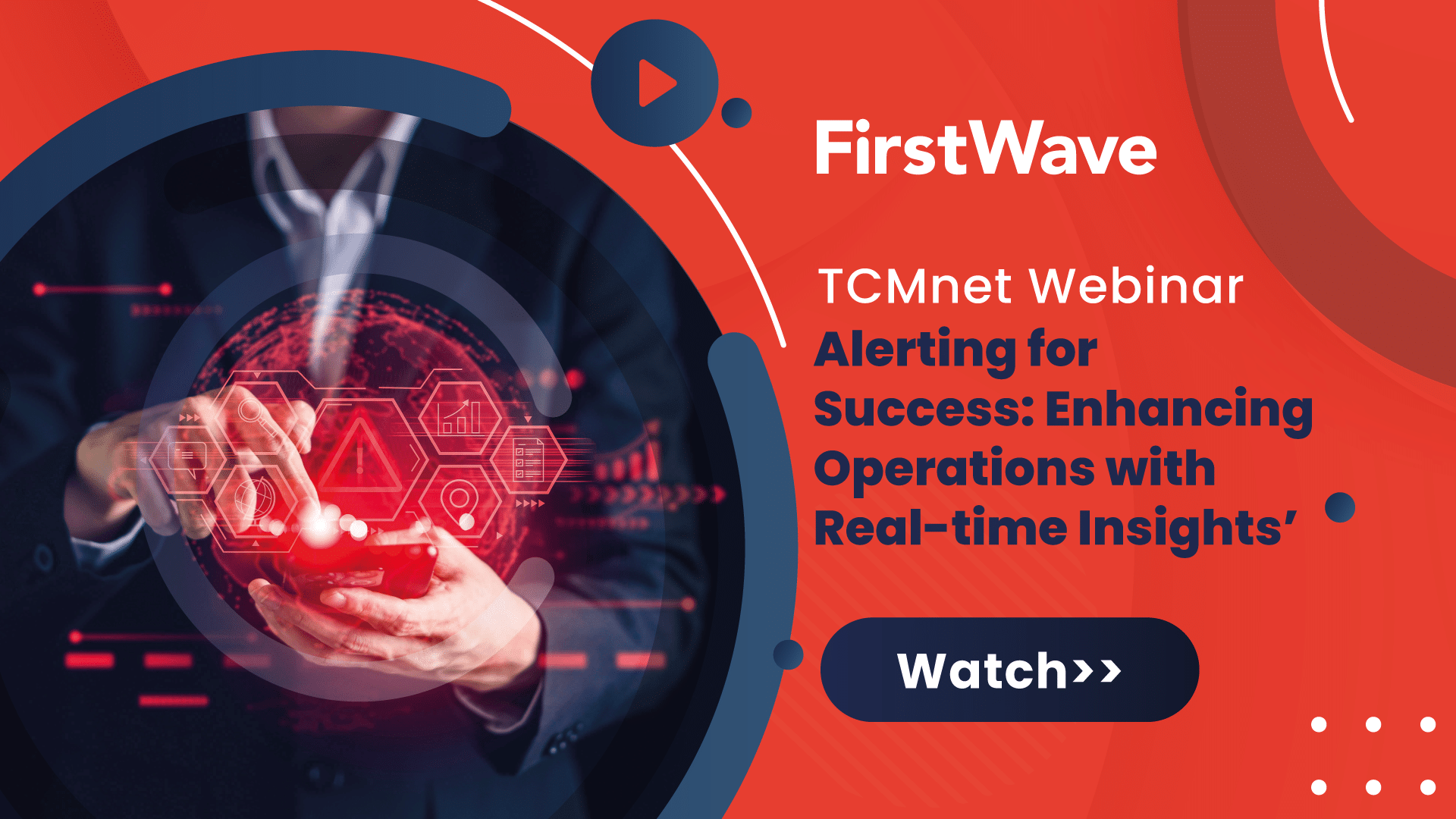Resource Hub
Learn about our solutions, features and capability of our products.
Whitepapers
Case Studies
Webinars

Business Impact Visibility
Learn about our solutions, features and capability of our products.
